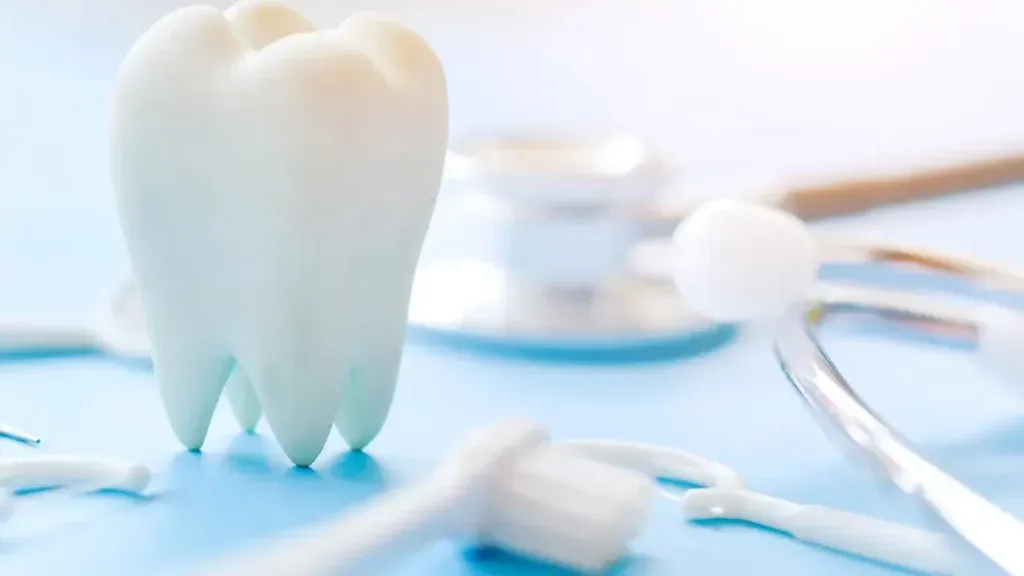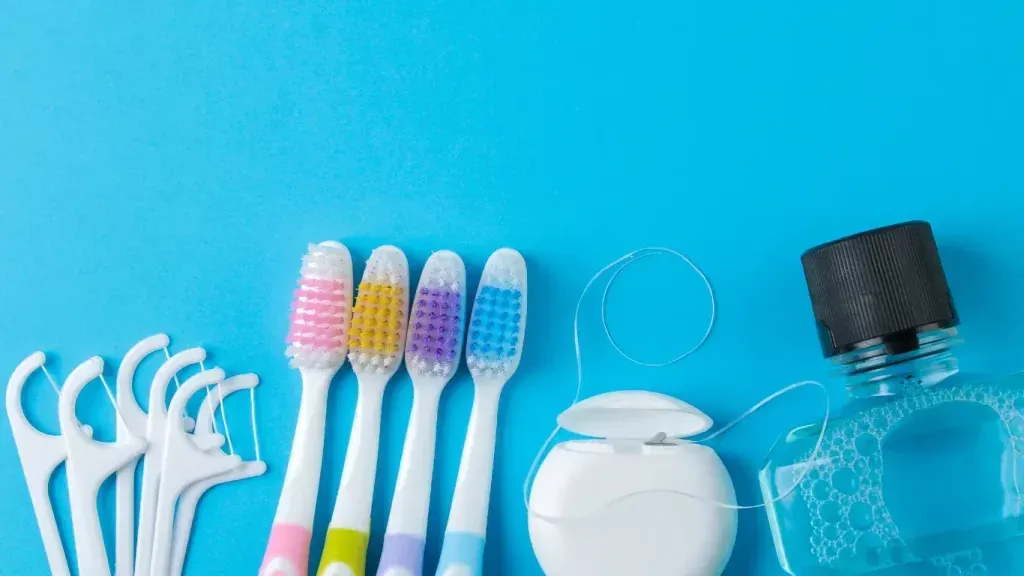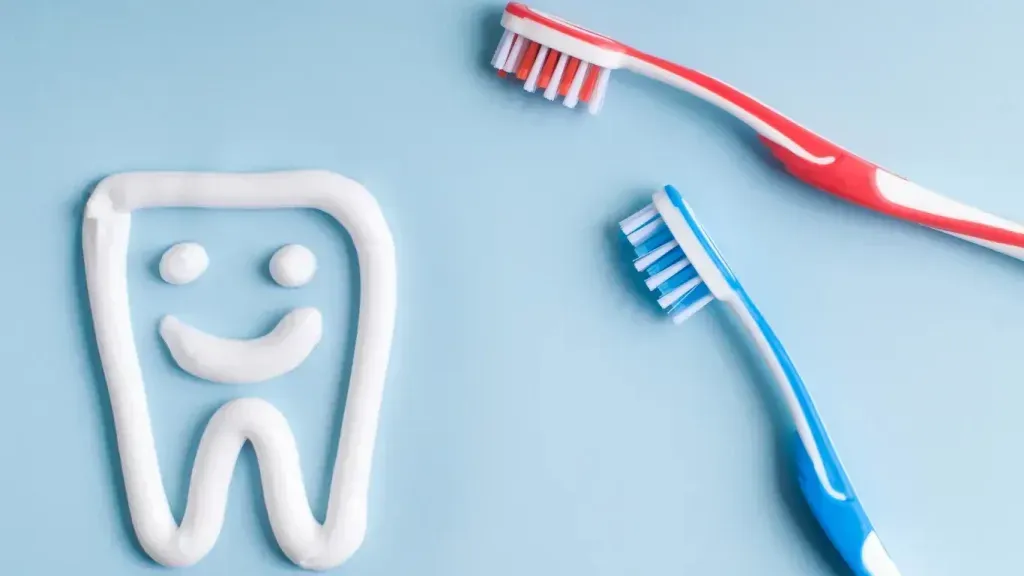Oral Hygiene
An Oral Hygienist is a dental professional who specializes in the prevention of oral disease by providing comprehensive examinations, teeth cleanings, detection of oral diseases and other procedures that aid in maintaining optimal oral health for the patient. Oral Hygienists also perform dental whitening procedures. Good oral hygiene is necessary to keep teeth and gums healthy. It involves habits such as brushing twice a day and having regular dental checkups. However, oral health is about more than cavities and gum disease. Early detection of oral health problems will mean less invasive procedures, and therefore, saves money!

Oral Hygiene Services offered

Oral examination/check-up
Scale and polish
Deep cleaning/root planing
Tooth whitening
Dental sealants
Preventive restorative procedures
How often should you visit an Oral Hygienist?
Every 6 months, unless otherwise indicated in your treatment plan; and if a more serious problem is detected you will be referred to a dentist.
Benefits of Oral Hygiene
Early disease detection and prevention
Preservation of healthy natural teeth
A clean and healthy mouth correlates to an improved general health
Aesthetically sound teeth
Reduced need for major restorative procedures
Long term-cost benefits
A healthy mouth starts with good oral hygiene

What to do for healthy teeth and gums

Brush regularly but not aggressively
Most people are aware that brushing their teeth twice a day is one of the most important practices for removing plaque and bacteria and keeping teeth clean. However, brushing may only be effective if people use the correct technique. Brushing should be done using small circular motions, taking care to brush the front, back, and top of every tooth. This process takes between 2 and 3 minutes. Sawing in back-and-forth motions should be avoided.
Floss once a day
Flossing can remove plaque and bacteria from between the teeth, where a toothbrush is unable to reach. It can also help prevent
bad breath by removing debris and food that has become trapped between the teeth. Most dental health professionals recommend gently pushing the floss all the way down to the gum line before
hugging the side of the tooth
with up-and-down motions. It is important to avoid snapping the floss up and down between the teeth, which can cause pain and will not remove plaque as effectively.


See a dentist regularly
Experts recommend that people see a dentist every 6 months for a checkup. During a routine dental examination, a hygienist will clean the teeth and remove plaque and hardened tartar. The dentist will check for visual signs of cavities, gum disease, mouth cancer, and other oral health issues. They may sometimes also use dental X-rays to check for cavities. Speak to your dentist about how often you need a checkup. The answer may vary depending on a person’s health history, age, and overall dental health. However, anyone who notices changes in their mouth should visit a dentist.
Dentists are trained professionals who help care for the teeth and mouth. Regularly seeing a dentist can help you to maintain a good level of dental health, which may have a direct impact on your overall well-being. A dentist has many responsibilities, and one of the most important is promoting good dental hygiene. This helps to prevent complications in your mouth or other parts of the body. A dentist also diagnoses and treats problems of the gums, teeth, and mouth. Our dentists use modern technology and equipment including drills, brushes, digital X-ray machines and CAD-CAM technology when
performing dental procedures.
Meet Our Resident Oral Hygienist
Monika Gothe


Reputable
Well known and trusted.

Integrity
Honesty and transparency.

Excellence
Top-notch services.

FOLLOW US
SERVICES
ABOUT US
LEGAL
Copyright 2025. Brüssow Holistic Health Solutions. All Rights Reserved. Powered By Xtreme Media